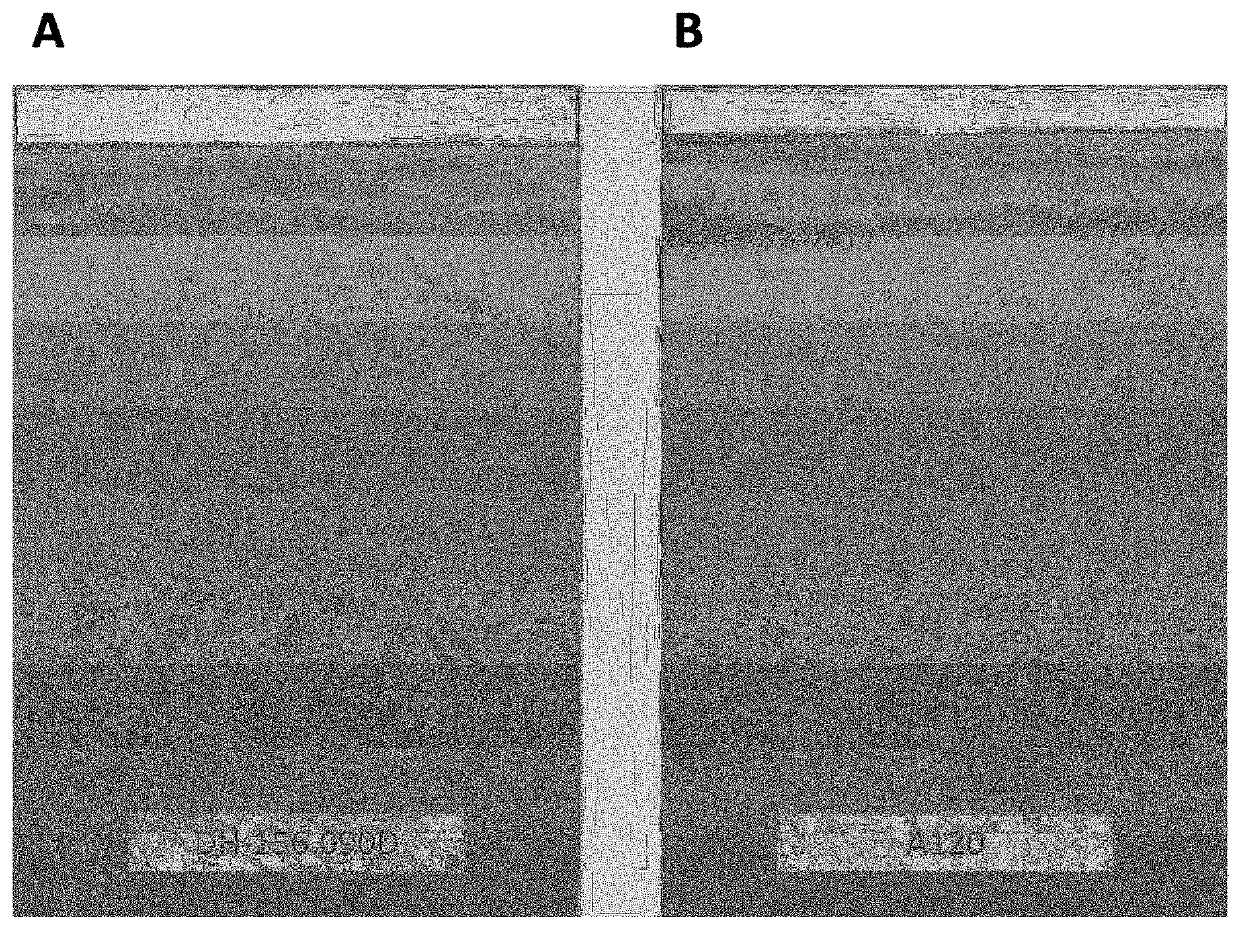Plants and seeds of Brassica carinata variety DH-156.090D
a technology of brassica carinata and plant seeds, which is applied in the field of new brassica carinata variety dh156. 090d, can solve the problems of adversely affecting animal health and reducing feed palatability, and achieve the effect of maximizing atmospheric carbon capture and minimizing greenhouse gas emissions
- Summary
- Abstract
- Description
- Claims
- Application Information
AI Technical Summary
Benefits of technology
Problems solved by technology
Method used
Image
Examples
example 1
als
[0404]Small plot field experiments were conducted in Canada and northern states of the United States and Canada using best agronomic practices for carinata as described in the “Carinata Management Handbook” for the Northern Plains (growcarinata.com / ckfinder / userfiles / files / US%20Northern%20Plains_handbook_2018.pdf). Several newly developed carinata varieties, including DH-156.090D, were grown in a Randomized Complete Block Design trial (RCBD), comprising 4 replicate plots (unless otherwise noted) along with plots of check varieties AAC-A120 and / or AGR044-312D-HP11 (henceforth referred to as “AGR044-HP11” or “HP11”). During the trials, the experimental lines and check varieties were closely observed, and descriptions of phenotypic characteristics and agronomic traits were recorded. After plants had reached maturity, seed was collected for subsequent NIR based seed quality analysis (as described in the definitions section). Least square mean values from replicated data sets were cal...
example 2
Characteristics of DH-156.090D when Grown in Northern US and Canada
[0405]The northern tier states of the US, such as North Dakota and its neighbours, as well as the adjacent southern Canadian prairie regions of Alberta and Saskatchewan constitute an important Brassica oilseed growing region. Evaluation of new carinata varieties in this region allows for identification of those varieties that are best adapted to growing in the local environment, which comprises a semiarid environment with warm summer and cold winter season. Under such conditions, carinata varieties which are productive under long daylight spring-summer cultivation in semiarid environments would prove advantageous to local farmers. Field trials are carried out annually at several sites in the region as described in Example 1 to identify best candidates for commercialization based on agronomic traits, seed yield and quality as well as multi-year performance.
[0406]The detailed phenotypic information provided in Table 1 ...
example 3
roduction by DH-156.090D in Field Trials in Canada
[0414]One replicate plot for variety DH-156.090D and variety AGR044-M06 (derived from the same parental line as commercial variety AGR044-HP11) was divided into four equal sections. One section from each plot harvested at ground level taken at different times within growing season: 1—first flower; 2—full flower; 3—full pod set; 4—full maturity. Section samples were dried and the dry weight (g) for each section was determined. In addition, photographs of above ground biomass were taken for variety DH-156.090D and check variety AAC-A120.
[0415]As can be seen in FIG. 1, plants of variety DH-156.090D were observed to accumulate significantly more above-ground biomass than plants of the AAC-A120 check variety at the pod set stage (FIG. 1) in the 2017 trials. Similarly, variety DH-156.090D accumulated biomass much more quickly than control variety AGR044-M06 in early growth stages (Table 2), particularly during the flowering stages.
[0416]
TA...
PUM
 Login to View More
Login to View More Abstract
Description
Claims
Application Information
 Login to View More
Login to View More - R&D
- Intellectual Property
- Life Sciences
- Materials
- Tech Scout
- Unparalleled Data Quality
- Higher Quality Content
- 60% Fewer Hallucinations
Browse by: Latest US Patents, China's latest patents, Technical Efficacy Thesaurus, Application Domain, Technology Topic, Popular Technical Reports.
© 2025 PatSnap. All rights reserved.Legal|Privacy policy|Modern Slavery Act Transparency Statement|Sitemap|About US| Contact US: help@patsnap.com

